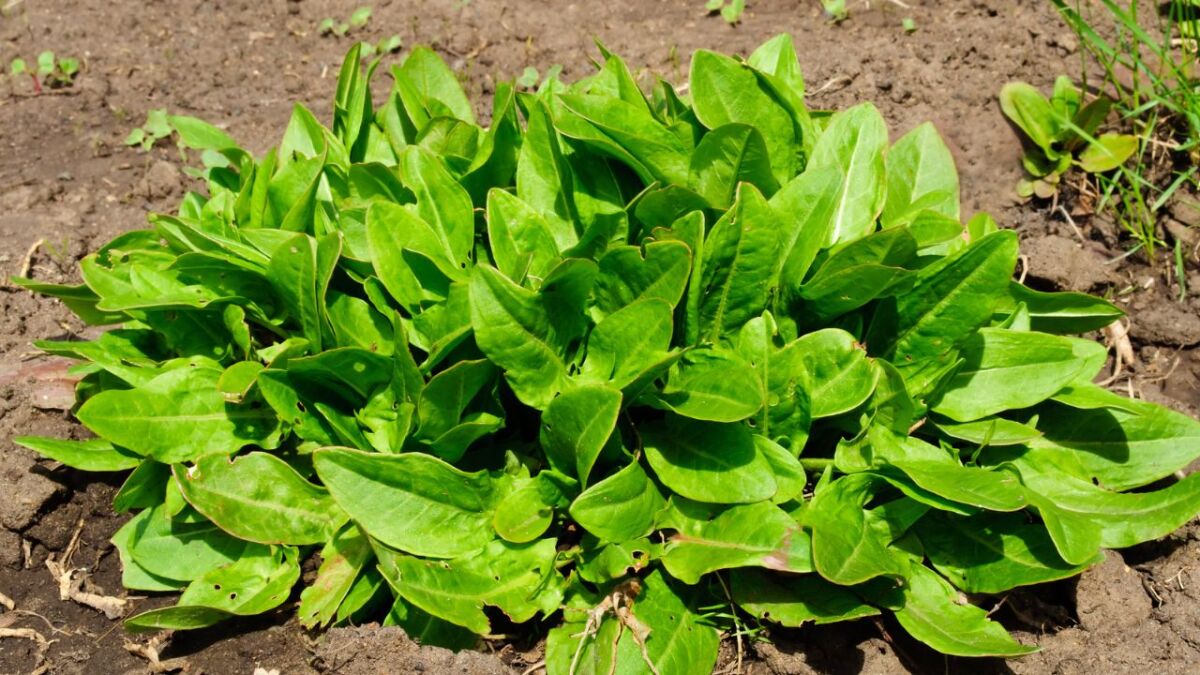
Plant portrait of sorrel - the vitamin C bomb from nature
👉 The key facts from this guide
- Sorrel is an ancient medicinal plant with a high vitamin C content and appetite-stimulating properties.
- The plant can help with vitamin deficiency, loss of appetite, digestive problems, and menstrual cramps.
- All parts of the sorrel plant are edible and can be used in various dishes.
- There are several edible varieties of sorrel, such as meadow sorrel, sheep sorrel, and bloody dock.
- When collecting sorrel, be sure to choose undisturbed meadows and flawless leaves to avoid inedible plants.
- Experiment with sorrel in various dishes to discover new taste sensations and healthy ingredients.
You know this situation: It's cold outside, you're feeling a little under the weather, and you boost your immune system with vitamin C.
To get our daily dose of vitamin C, we buy citrus fruits and peppers at the supermarket, or even supplements from the pharmacy.
But did you know that you can also turn to an ancient medicinal plant for a good dose of vitamin C, which was consumed by people in the Middle Ages?
In this article, you will learn more about the healing powers of sorrel, how to recognize it in local meadows, and how to prepare it.
Sour makes you happy, right?
In medieval times, it was known that something sour could help with loss of appetite and eating disorders.
However, it was not easy to simply grab a lemon. People turned to local plants that also had a sour taste.
Along with wood sorrel, another sour-tasting plant, was used for its mild acidity to stimulate the appetite in traditional medicine. But it's not just the acidity that makes this plant so interesting - it also contains many valuable vitamins.
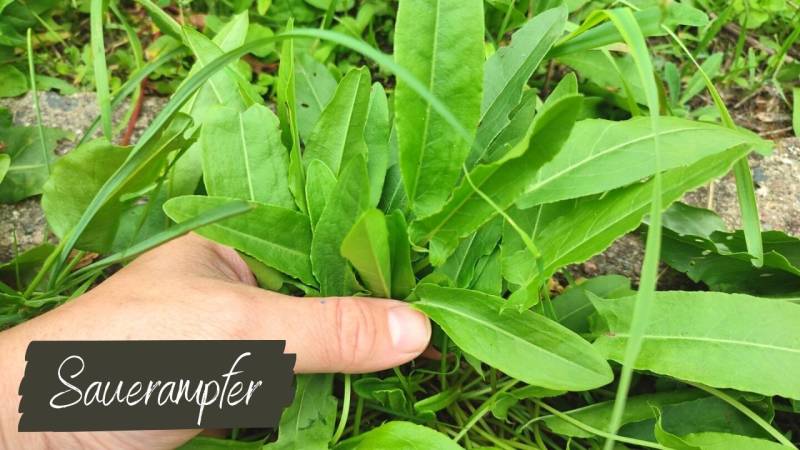
Interesting fact: The saying "sour makes you happy" comes from the same time period and does not refer to making funny faces after eating something sour. Rather, it refers to the appetite-stimulating properties of sorrel and means: "Sour makes cravings happen."
Fight Vitamin Deficiency with the Power of Sorrel
Let's stay in the Middle Ages. One of the biggest causes of illness during this time was a lack of vitamins, which manifested itself in the form of scurvy. This occurred mainly during times of scarcity and among sailors, as they could only eat a very limited diet.
There were no fresh foods available on board, so people had to rely on salted meat, fish or hardtack. However, on land, people could eat fresh foods and plants to treat a vitamin deficiency.
For this purpose, sorrel was the first choice, as its content of vitamin C is very high.
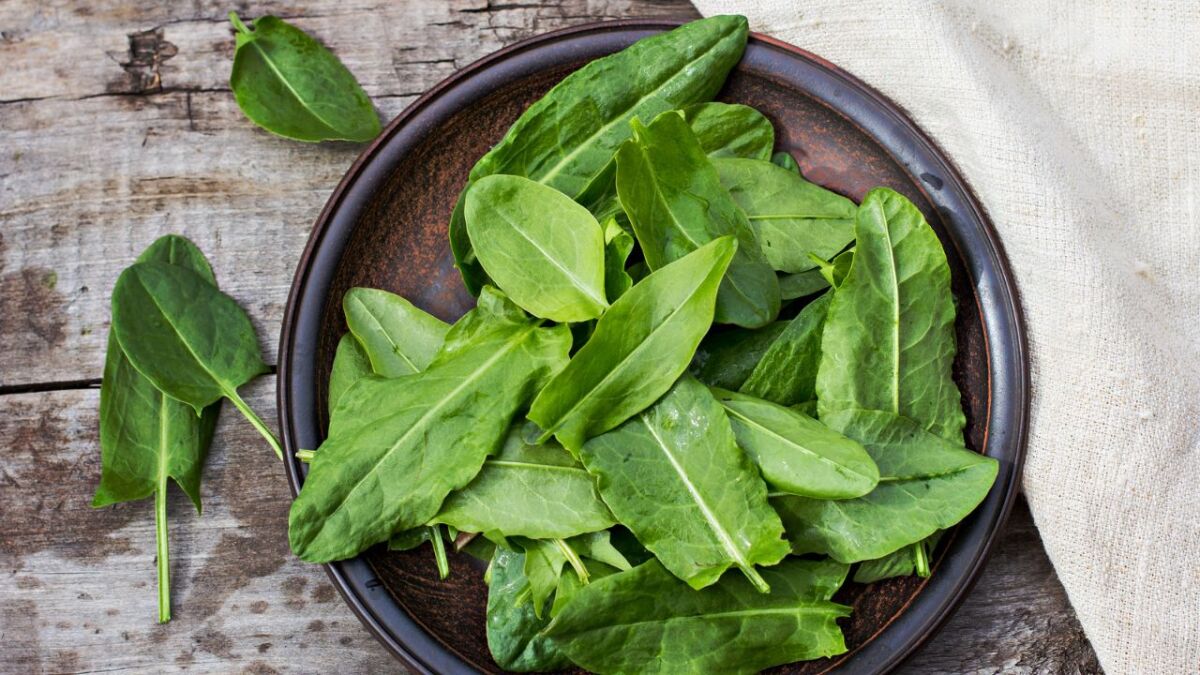
With a quantity of 100 g, one can absorb up to 117,000 µg of the vitamin. A lemon only contains 50,675 µg per 100 grams.
However, since sorrel also has a high concentration of oxalic acid, only small amounts could be given.
One of the more unpleasant habits of oxalic acid is that it binds with metals and minerals. This can ultimately harm the kidneys and promote the formation of urinary or kidney stones.
Today, we know how to avoid this by eating a diet that is also very rich in calcium and being generally well-balanced. Incidentally, oxalic acid is also found in rhubarb. However, you would certainly not want to give up a delicious piece of rhubarb cake because of it, would you?
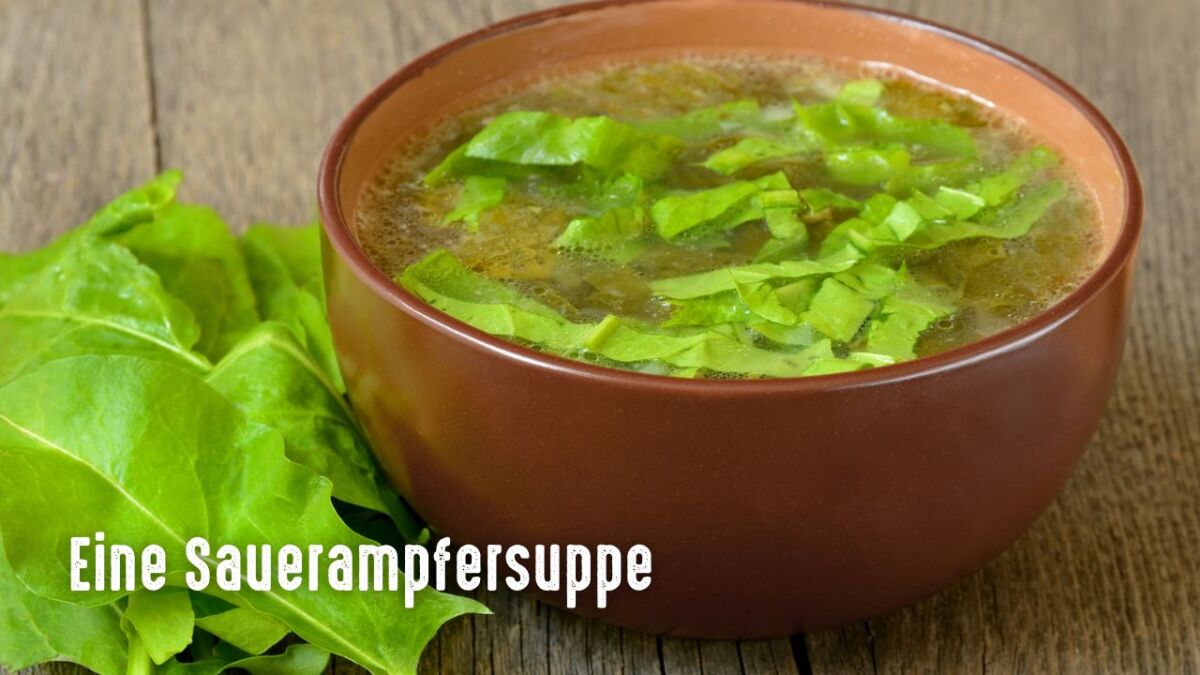
Besides fighting vitamin deficiency, you already know that sorrel has an appetite-stimulating effect, but can also be used for relieving constipation, promoting digestion, purifying the blood, toning, and even for relieving menstrual discomfort. Ultimately, a pretty good record for such a small healing plant.
Also read
9 Recipes with Wild Herbs for Camping and Outdoor – These 9 delicious recipes with wild herbs bring the taste of the forest to your next camping trip. From crispy bread to aromatic soup.
The Healing Plant Sorrel
Sorrel was already used long before the Middle Ages, in Ancient Egypt and also by the Romans.
For acne, insect bites, and skin impurities, ground sorrel is said to provide good remedy and is also suitable for eliminating toxins, as it has a diuretic and laxative effect.
For example, external mashed-up compresses made of sorrel are used for various skin problems and diseases of the oral mucosa.
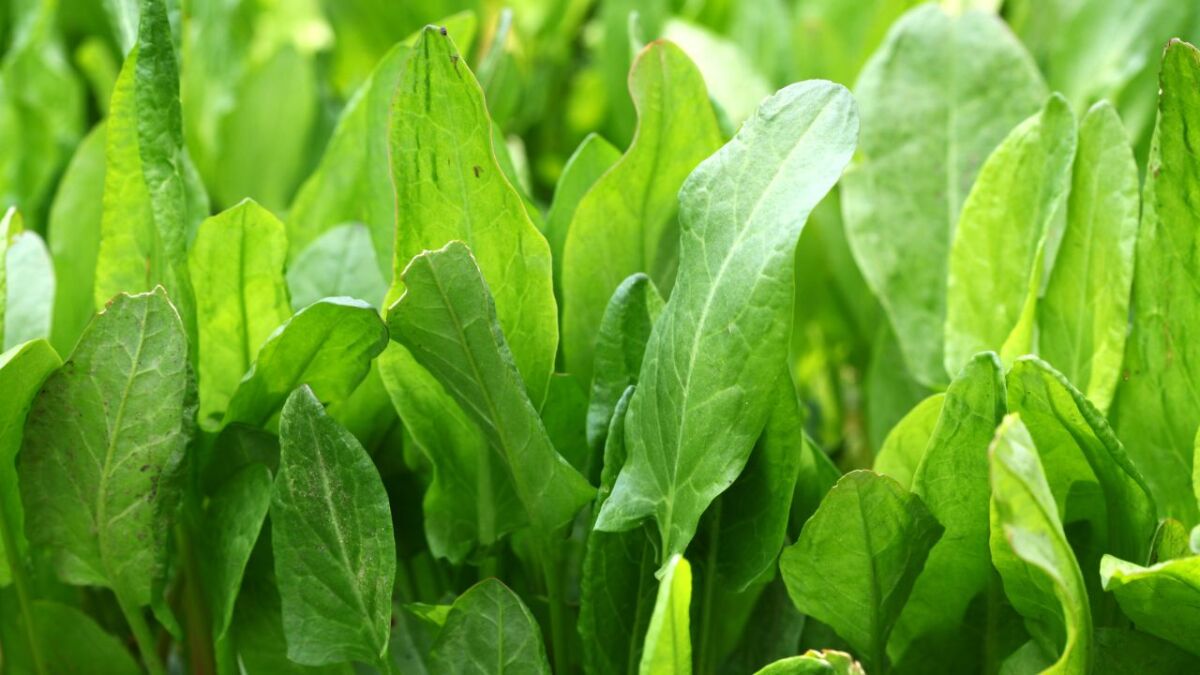
A decoction made of the roots of sorrel were also traditionally used for the treatment of jaundice, urinary disorders, and internal bleeding.
Sorrel contains compounds that are anti-inflammatory and antioxidant, which can help to treat or alleviate these conditions.
Sorrel is not recommended for elderly people with kidney disease, rheumatism, or gout, as well as for iron deficiency. Sorrel also binds iron, thereby preventing its absorption in the human body.
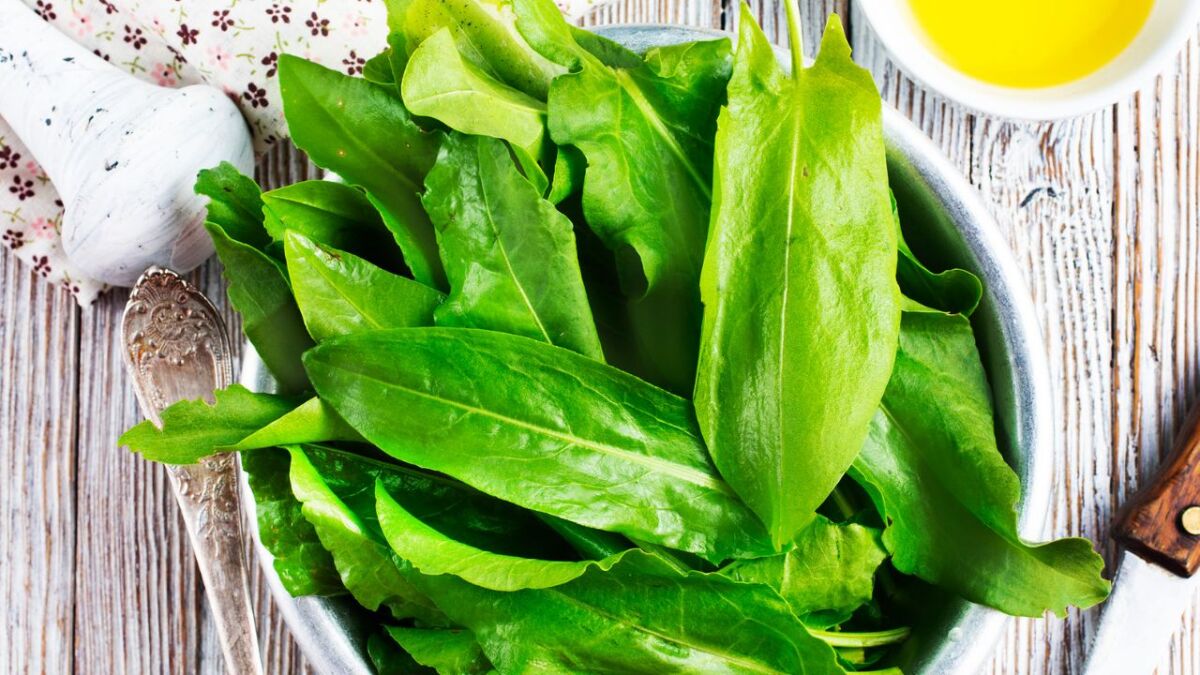
In homeopathy, sorrel is also used for itchy skin diseases, cramps and sore throats. The use of sorrel in homeopathy can alleviate these symptoms by supporting the body to activate its natural healing power.
It is important to note that although sorrel has a long tradition in folk medicine, the use of sorrel for medical purposes is not without risks and may require medical advice. However, if you suffer from ailments for which sorrel is traditionally used, you should consult a doctor to find out if it is suitable for you.
How to recognize sorrel
If you are wondering how to recognize sorrel, let me tell you that it grows rosette-shaped from the ground and has elongated, lance-shaped leaves with a middle division. The plant is upright, grows up to 35 centimeters high and mostly grows on local meadows between May and August.
However, if you want to recognize it best, you should look for it at the flowering time. Then long spikes with inconspicuous, reddish flowers form, which hang up to one meter above the ground.
By the way, if you plan to use it in the kitchen, you should harvest the green leaves in spring before they turn red from the tip in summer.
Because then they are not as good for your stomach. Trust me, it's worth using fresh sorrel leaves to spice up your salad or sandwich.
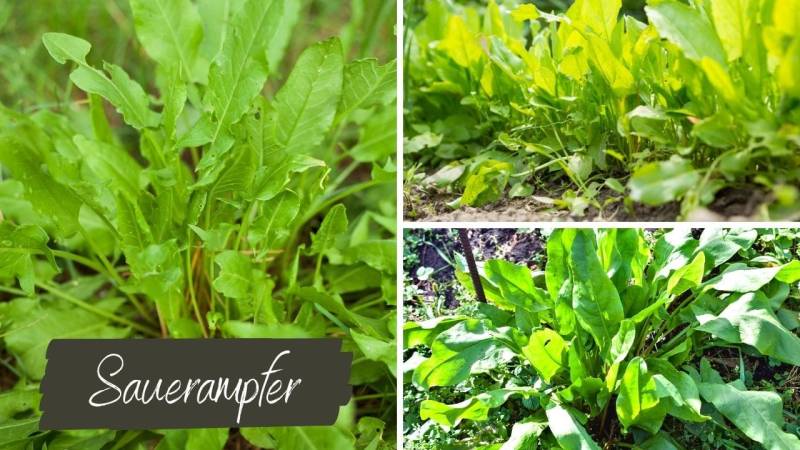
What can you eat with sorrel?
Did you know that all parts of sorrel plants are edible and delicious? That's right – not just the leaves, but also the seeds and even the stems are a delicacy.
In fact, historically, the stems of sorrel were used similarly to rhubarb. They can be peeled and eaten raw, processed into a delicious compote, or used as an ingredient in homemade jam. The stems also make an excellent topping for cakes, especially when combined with fresh berries.
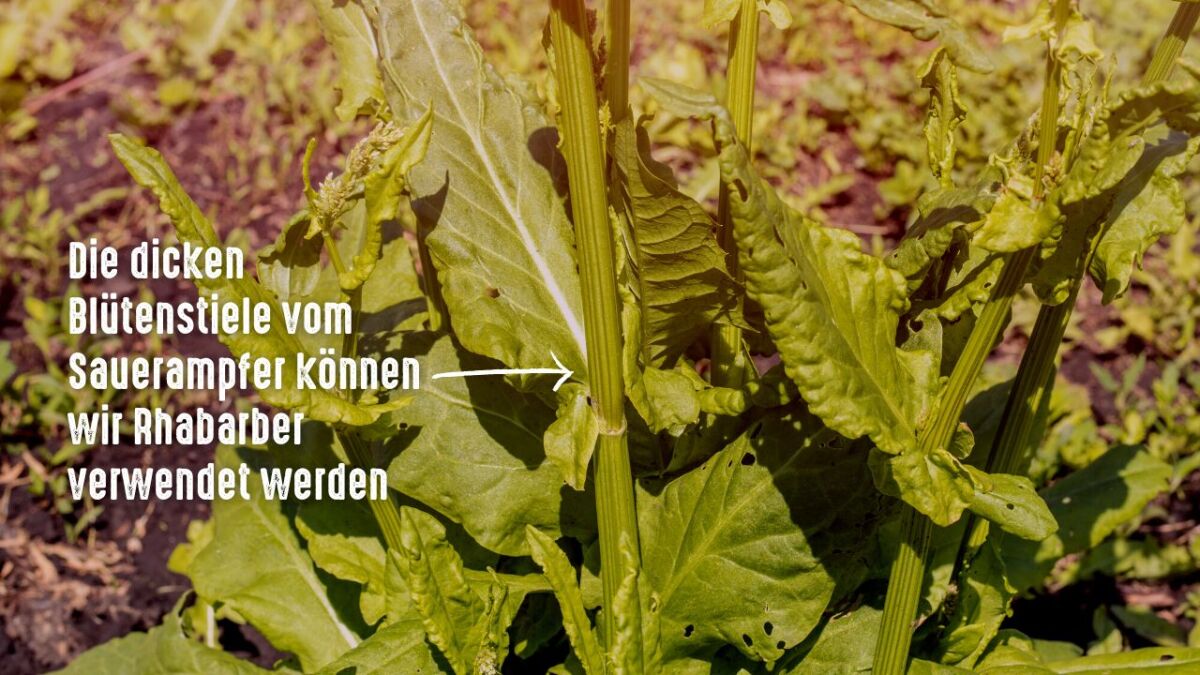
The seeds of sorrel have a nutty flavor and can be roasted and used as a spice. They can also be ground into flour and used as an ingredient for bread or other baked goods.
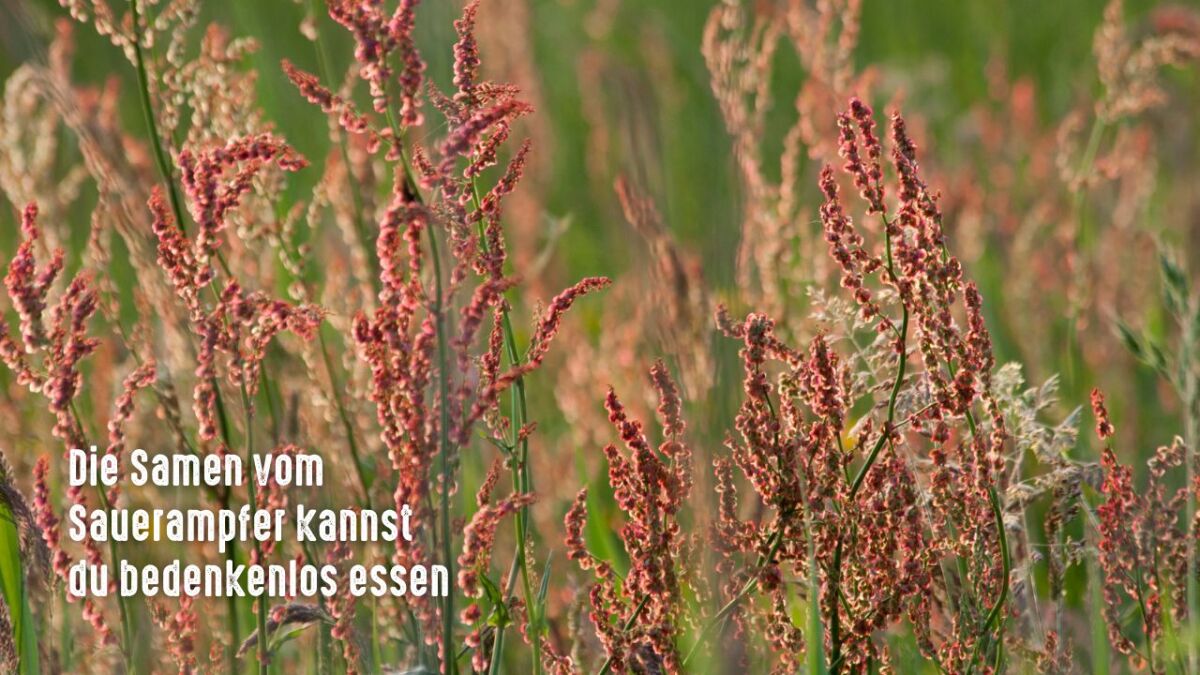
The roots are also edible, either brewed as tea or ground into flour.
So if you find sorrel in nature or at the supermarket, know that there's more than just the leaves to use.
Use the stems and seeds to expand your culinary horizons and discover new flavors. With sorrel, you can create a variety of delicious dishes that are not only tasty but also healthy.
Which sorrel can you eat?
If you're interested in using sorrel in the kitchen, it's important to know which types of sorrel are edible.
Fortunately, there are a variety of sorrel species that are suitable for human consumption.
Here are three of the most popular types of sorrel used in the kitchen:
- Common sorrel (Rumex acetosa): This is the most commonly used type of sorrel in the kitchen. It has large, slightly sour leaves that have a refreshing taste. You can use it in salads, as a side dish to fish or meat, or in a soup.
- Sheep sorrel (Rumex acetosella): This type of sorrel has smaller leaves than common sorrel and a more intense, sour flavor. It is great for use in sauces or as a flavor enhancer in soups and stews.
- Blood sorrel (Rumex sanguineus): This type of sorrel has dark red leaves that have a slightly bitter taste. It is particularly good for use in salads to add color and a special flavor.
No matter which type of sorrel you choose, it is important to only harvest the young leaves. Older leaves can become tough and fibrous and have a too bitter taste.
If you are unsure which type of sorrel you want to eat, you can ask at your local farmer's market or grocery store, or even grow sorrel yourself.
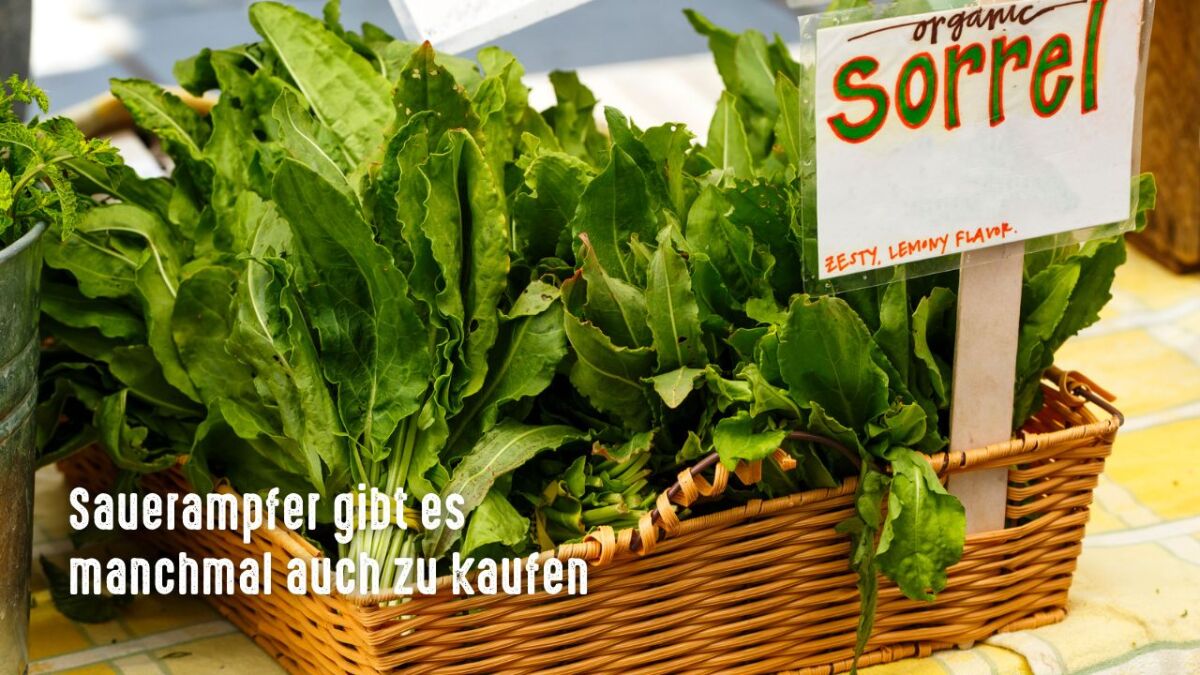
Which plants can sorrel be confused with?
Sorrel is a versatile and healthy plant, but inexperienced herbalists can sometimes confuse it with poisonous plants.
One such plant is the calla lily, which at a certain time in spring has very similar young leaves to sorrel.
Therefore, it is important to examine the plants closely and make sure before collecting sorrel.
Confusion can only occur with other sorrel species, in which case you will notice it at the latest by taste.
Unlike sorrel, these taste neither sour nor fresh, but rather musty. Otherwise, you can safely ingest them if you have collected them accidentally, especially as they also contain a lot of vitamin C.
When is sorrel poisonous?
Have you ever wondered when sorrel can be poisonous?
Well, let me tell you that sorrel leaves that turn red already have a high oxalic acid content and therefore should not be eaten anymore.

Oxalic acid is a substance that occurs in many plants and can be toxic in large quantities.
Especially, children should be careful when eating sorrel, as too much oxalic acid can cause vomiting and diarrhea.
In extreme cases, an overdose of oxalic acid can even strain the kidneys. So, make sure to enjoy sorrel in moderation and only harvest the young leaves before they turn red.
Where to find sorrel to collect
So, you want to collect sorrel and don't know exactly where to find it? Don't worry, I can help you!
Sorrel grows wild like dandelions in many regions of Europe and North America. If you live in a rural area, you've probably seen sorrel growing on the side of the road or near bodies of water. Sorrel prefers damp locations like meadows, riverbanks and wet forests.

But what if you live in an urban environment?
Don't worry, you can still find sorrel. Many urban communities have parks and green spaces where sorrel can grow. You could also ask in urban gardens or at farmer's markets if someone sells sorrel or even grow it yourself.
When collecting sorrel, it is important to pay attention to the surroundings. Avoid collecting sorrel:
- near busy roads
- in industrial areas
- near agricultural land where pesticides could be used
- in parks where many dogs are walked
So grab a basket and go searching for fresh sorrel! It's a great way to get out into nature, collect healthy ingredients and treat your taste buds to the refreshing taste of sorrel.
Scary stories for kids
You now know that the older leaves of sorrel are no longer suitable for consumption. You can recognize this by the many small and larger holes that have a rust-red edge. The sorrel is then no longer very attractive.
Furthermore, you will often find many small bugs sitting on the leaves and stems. Perhaps the plant is trying to tell you, "Stop, I am no longer meant for you."
In such conditions, an adult human probably would not collect sorrel anyway. However, children approach things differently. They are curious, touch everything, and put things in their mouths.
But this can be dangerous with some plants. To prevent children from picking the old leaves of sorrel, the story was invented that the plant causes lice. Underscored by the black bugs, this story had the desired effect on children many times already.
These dishes can be prepared with sorrel
While in our regions, the young leaves of sorrel are primarily used in salads or smoothies, there are traditional dishes with sorrel mainly in the Slavic countries.

Here is my list of ideas and recipes:
- In Poland, there is a sorrel soup that is also known in Hungary. Due to the slight acidity that the sorrel maintains after heating, it is very popular there as a refreshing dish.
- Sorrel also tastes great finely chopped in an omelette or in bread dough.
- Sorrel goes well with fish dishes or egg dishes.
- In September, the roots of the sorrel can be harvested and dried to brew as tea or ground to stretch grain flour.
- Sorrel leaves and shoots can be prepared similar to spinach and are good in salad or creamy soups like French or Belgian sorrel soup.
- Sorrel flower stalks can be processed into compote or fruit cake, similar to rhubarb.
- The flower heads can be added to various vegetable dishes.
- Tea made from sorrel seeds can be produced. They can also be used for sprouting in the winter to obtain fresh greens.
If you not only eat sorrel raw, but cook or steam it, you can safely consume larger quantities of it. It is important to use the young leaves for cooking.
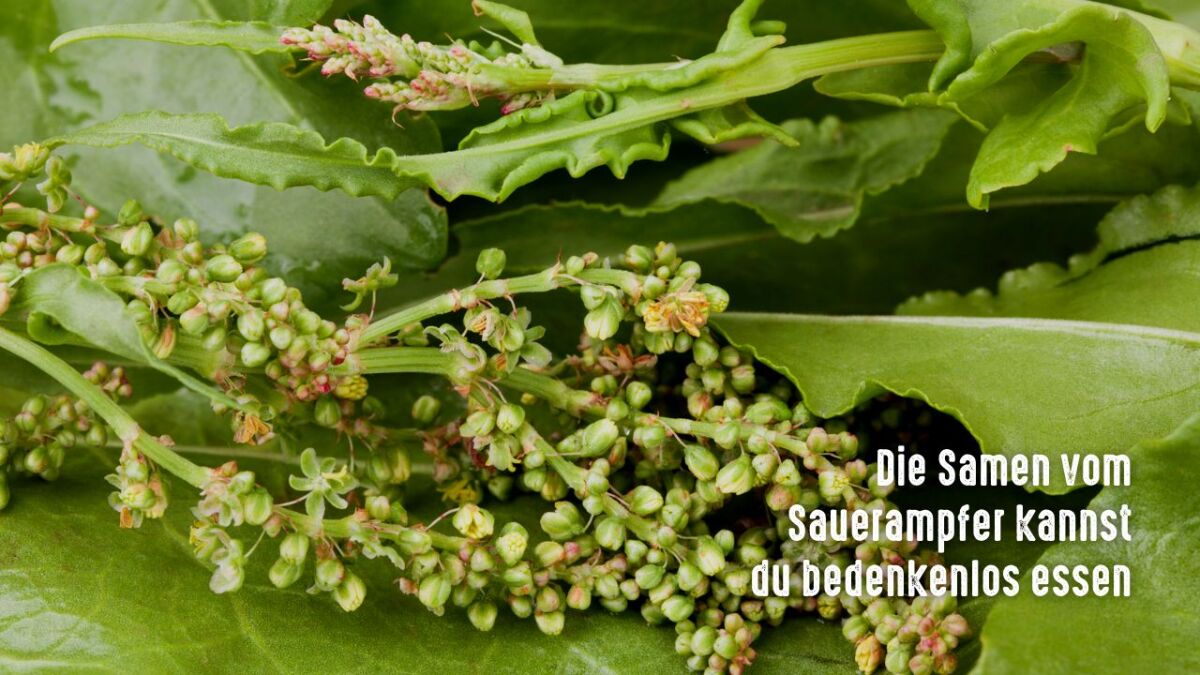
Conclusion: The sorrel - An unexpected vitamin C bomb
The sorrel may not be as well-known as other medicinal plants, but its versatile uses and high vitamin C content make it an interesting ingredient in both the kitchen and medicine.
You can snack on its leaves and shoots right outside, or process them further at home, like in a soup.
When collecting sorrel, it is significant to look for unfertilized fields and flawless leaves. Older specimens with holes in the leaves may be intolerant.
So don't be shy - try sorrel and discover new flavors and healthy ingredients. You will be surprised at how versatile this humble plant can be.


Author of the guide
Martin Gebhardt
Hey, I'm Martin. On my blog, you will learn the basics and numerous details about living in the wild. I think survival, bushcraft and the good life in nature are the keys to happiness. Find me here on Instagram or on YouTube. You can find more about my mission on the About Me page.
Was this guide helpful?
24 people found this guide helpful.
5.00 out of 5 points (24 Ratings)
Comments (0)
This post may contain affiliate links. So if you click on the links and make a purchase, I will receive a small commission at no additional cost to you. Click here, to learn more about it.


